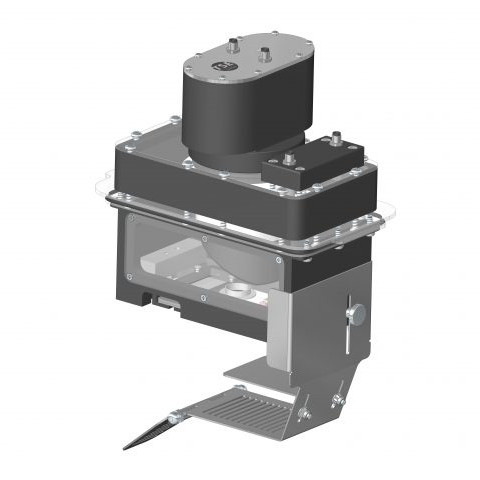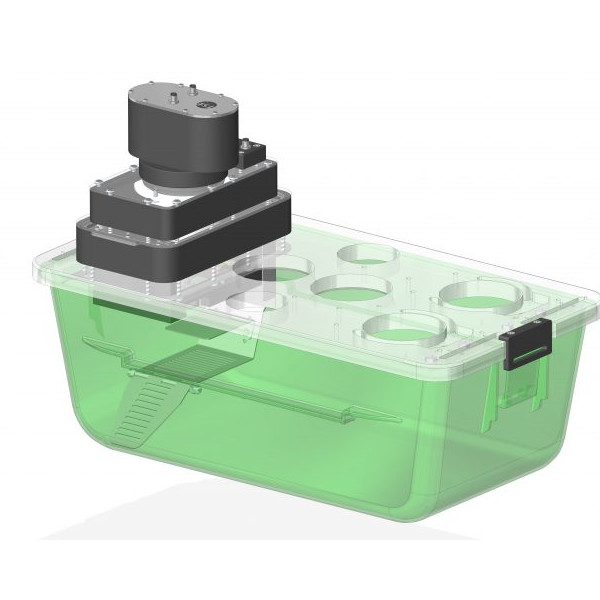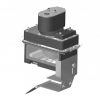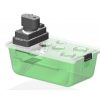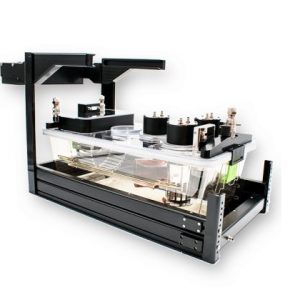Weight Lifting
Resistance Exercise in the Home Cage
Product Enquiry
If you would like to send us an enquiry about this product, please click the button below, fill in the form and submit.
Product EnquiryWeight Lifting
Resistance Exercise in the Home Cage
Our more and more sedentary lifestyle is taking its toll on our health and quality of life. The prevalence of obesity and diabetes is rising. More and more studies are ongoing to reverse these effects with exercise training. In humans, a combination of resistance and aerobic exercise training was most efficient for the reduction of insulin resistance and functional improvement in abdominally obese older adults (Davidson et al. 2009).
Resistance training has favorable effects on muscular strength, endurance, cardiovascular function, metabolism and overall well-being (Pollock et al. 2000), however, the underlying molecular mechanisms are still poorly understood. Pre-existing animal models for resistance training involved invasive procedures or a substantial amount of human handling, which confounds the relevance of the findings and limits the number of animals that can be tested at the same time. To overcome these limitations, Yan et al. developed a novel model of voluntary weight lifting in mice that does not involve human handling during training.
Voluntary weight lifting has effects on transcriptional, biochemical, cellular and metabolic adaptations. With this, the weight lifting module is the perfect research platform to study and combat muscle atrophy and other muscle-related disease conditions (Cui et al. 2020).
Features
- Novel voluntary weight lifting model adapted to the TSE PhenoMaster
- Cage lid equipped with the weight lifting device fits on the standard mouse cages
- Inside the home cage, an individual mouse will perform “squats” against a controlled load during feeding
- Workload can be adjusted
Application
- Activity & Exercise
Disease Models
- Muscle Atrophy
- Diabetes & Obesity
Module of
Selected Publicatons:
Cui D, Drake JC, Wilson RJ, Shute RJ, Lewellen B, Zhang M, Zhao H, Sabik OL, Onengut S, Berr SS, Rich SS, Farber CR, Yan Z. FASEB J. A novel voluntary weight lifting model in mice promotes muscle adaptation and insulin sensitivity with simultaneous enhancement of autophagy and mTOR pathway. EPub 2020; 34(6): 7330-7344
Davidson LE, Hudson R, Kilpatrick K, Kuk JL, McMillan K, Janiszewski PM, Lee S, Lam M, Ross R. Effects of exercise modality on insulin resistance and functional limitation in older adults: a randomized controlled trial. Arch Intern Med. 2009; 169(2): 122-31
Pollock ML, Franklin BA, Balady GJ, Chaitman BL, Fleg JL, Fletcher B, Limacher M, Piña IL, Stein RA, Williams M, Bazzarre T. AHA Science Advisory. Resistance exercise in individuals with and without cardiovascular disease: benefits, rationale, safety, and prescription: An advisory from the Committee on Exercise, Rehabilitation, and Prevention, Council on Clinical Cardiology, American Heart Association; Position paper endorsed by the American College of Sports Medicine. Circulation. 2000; 101(7): 828-33

